Clark Norton
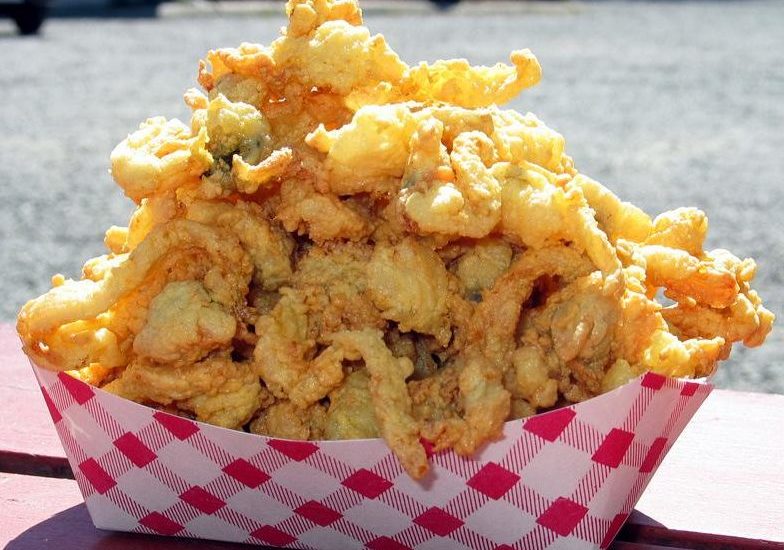
In his latest guest post, Bob Waite had me hooked with his first mention of fried clams, one of my favorite culinary indulgences.
And by the time I had finished reading his piece, I was salivating for a return trip to Cape Ann, a seafood haven and resort area that includes Gloucester, Massachusetts.
Bob grew up in Ipswich on Cape Ann, and writes here about his hometown and nearby Essex — one of which invented the fried clam (though both claim it). But wherever it was born, the Cape Ann area indisputably remains king of the clam. And that’s good enough for me.
By Robert Waite
Ipswich, MA – While many Americans back in the day were getting their kicks on Route 66, I was getting my thrills from the sea on Route 133.… Continue reading

Keeping track of what’s going on with airline fares these days is almost a full-time job.
That’s why I’ve turned to Scott Keyes of Scott’s Cheap Flights — whose full-time job actually is keeping track of airline fares — to help navigate through the turbulence.
In this guest post, Scott tackles the real story behind the recent wave of U.S. airlines dropping change fees. As usual, it’s a mix of good and bad — or at least middling — news for the consumer. But for all the uncertainty, we’ll take what we can get.
By Scott Keyes
Last week, four airlines—United, Delta, American, and Alaska—announced they were permanently axing change fees, which for domestic flights had typically been $200 (plus any fare difference). Hooray!
Sort of.
On balance, this is a positive move for travelers, but it’s not nearly the panacea that airlines would have you believe. There are still… Continue reading
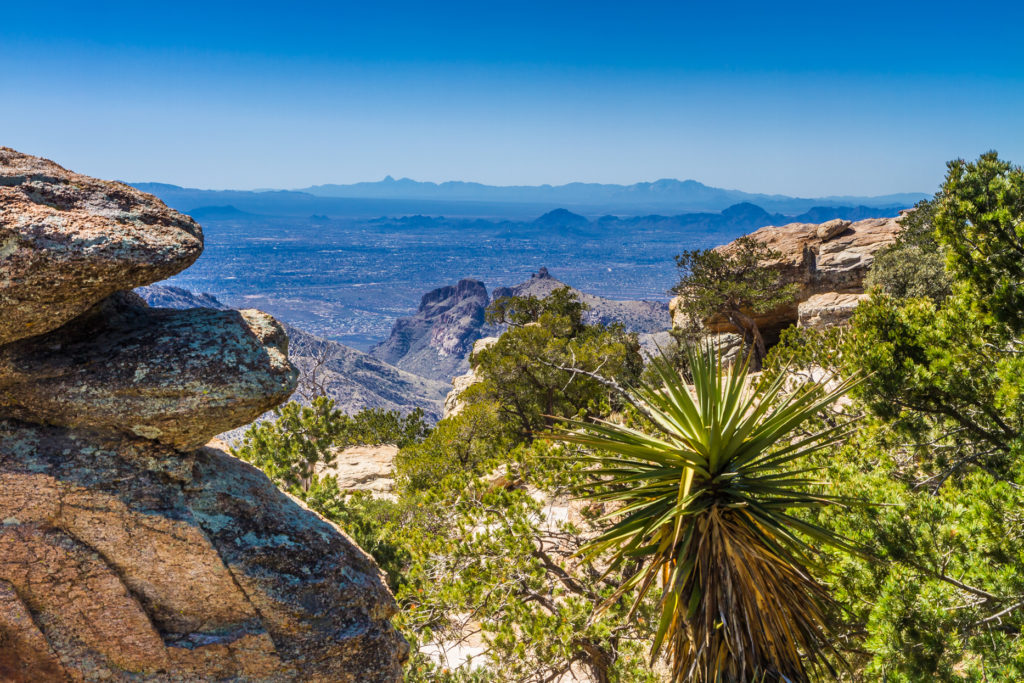
As baby boomers whose ages put us at risk for COVID-19, my wife and I have spent the past few months mostly hunkered down at home — a sad but prudent fate for this travel writer itching to confront his bucket list without literally kicking it.
While the fact that Tucson’s temperatures have topped 100 degrees most of the summer has made hibernation somewhat easier, the pandemic has made it difficult to escape that very heat — so that’s been kind of a wash.
But recently — as our contributing writer Robert Waite suggested in a post on this site back in the spring — I decided to take some “baby steps” and get out of town for a few days. Hence the Tucson branch of our family headed to a… Continue reading
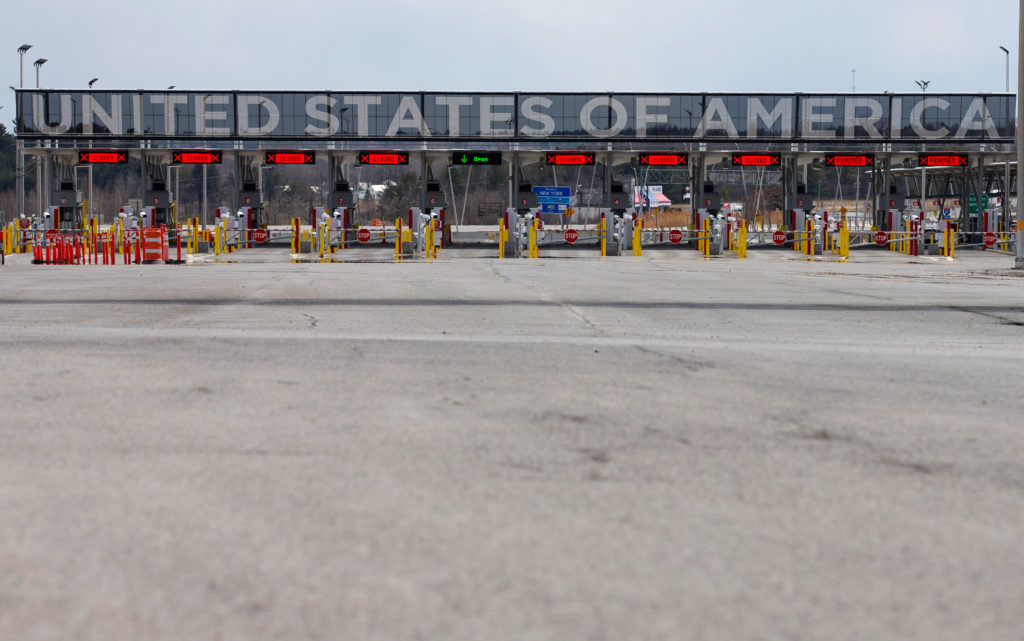
When contributing writer Robert Waite told me he was heading from his Canadian home for a family camping vacation in New England, I asked him to consider doing a piece on his experience.
Normally (pre-COVID) crossing the U.S.-Canadian border by automobile has been a relatively simple procedure, albeit one that often required long waits at immigration due to the huge volumes of traffic.
But, as Bob reports, things have changed dramatically.
By Robert Waite
Champlain, NY – Unless you have dual citizenship, perform an essential service, or hold a current student visa, don’t expect to cross the world’s longest border any time soon.
Canada currently bars all non-essential travel to the United States until September 21 – and there is every expectation the ban will be extended at least another month.… Continue reading
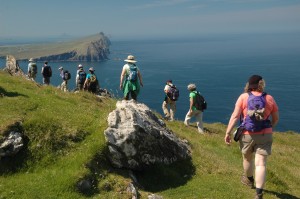
Would you take a walking tour in Ireland now — and tell your friends about it? Photo from Walking the World
As dedicated travelers, what are we to think of the concept of “travel shaming” — the notion that it’s irresponsible to travel or even plan future trips during a pandemic?
According to a recent New York Times article, people desperate to get out of their houses after months of self-quarantining are heading off on the road — but are traveling on the sly, reluctant to post pictures on social media or even to tell friends they’re leaving, for fear of being judged.
As the Times quoted Harvard Business School assistant professor, Jillian Jordan, who studies moral psychology: “The pandemic presents a unique case of travel entering the moral sphere, because there are two things that happen when you travel: The first is that I put myself at risk, and… Continue reading
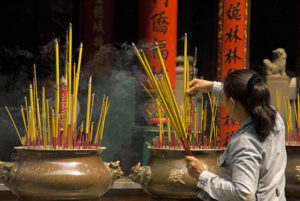
Thien Hau Pagoda Buddhist Temple in Saigon’s Chinatown. Photo by Dennis Cox/WorldViews
In Part I of Robert Waite’s two-part series on traveling to Vietnam, Vietnam Visit Stirs Emotions for Boomers, Bob recounted his recent visits to Hanoi and Halong Bay.
In this post, he travels to Saigon (Ho Chi Minh City) and the remarkable Cu Chi Tunnel complex dug by the Viet Cong outside the city — but much closer to it than you might imagine.
Saigon itself is a bustling city that evokes stark memories of the Vietnam War, but is also now a prime “foodie” destination and a place to drink at a bar made famous by big-name war correspondents:
By Robert Waite
Part II of a two-part series.
Ho Chi Minh City, Vietnam – The thing about name changes is that they often don’t stick. Take Mumbai, for example. The Indian national government decided that “Bombay” was… Continue reading
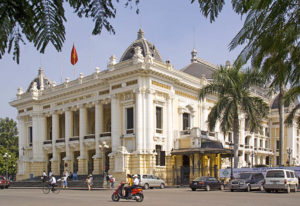
Hanoi’s 1911 Opera House is a prime example of the city’s French colonial architecture. Photo by Dennis Cox/WorldViews
In this post and the next, Contributing Writer Robert Waite recounts his recent journey to Vietnam, the country that helped define a generation of baby boomers.
Forty five years after the fall of Saigon, which effectively ended the more-than-a-decade-long Vietnam War, a visit to Hanoi still stirs emotions, whether you were pro- or anti-war in the 1960s and ’70s.
Yet even as long ago as 1997, when I last visited Vietnam, the majority of Vietnamese — born after the war — seemed to hold few if any grudges against Americans.
Our roving correspondent, himself a baby boomer, delves into the war history but also the sights and experiences that make Vietnam one of the most intriguing countries to visit in Southeast Asia today.
First up are the capital, Hanoi, and beautiful Halong… Continue reading
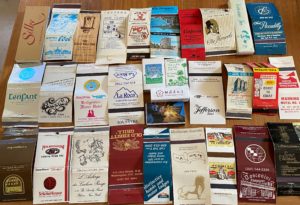
Part of my phillumeny collection
Last year, I confessed to being a hodophile (which is just a fancy word for someone who loves to travel).
Now I’m admitting to being a phillumenist.
If you don’t know what a phillumenist is, don’t worry — I didn’t even know it myself until yesterday, when I came across the word in a trivia quiz.
A phillumenist is someone who, naturally enough, engages in phillumeny: namely, collecting souvenir matchbook covers and match boxes. The word was coined in 1943 , derived from the Latin “lumen” for light, “philo” for loving, and “ist” for one who does something.
It’s apparently a particularly popular hobby in the UK, though major collectors are scattered across the globe.
My own collection dates from my childhood, and, truth to tell, I haven’t really practiced much phillumeny since the 1980s; my interest waned, and labeled matchbooks are also less ubiquitous… Continue reading
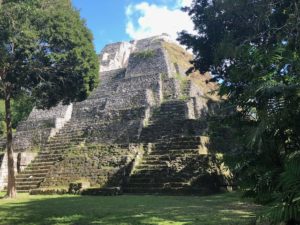
Steep steps lead to the top of temple 216 in Yaxha, but the view from the top is worth it. Photo by Robert Waite.
In the first part of this two-part series, contributing writer Robert Waite described his visit to Tikal, Guatemala, the enormous ruins of one of the world’s great archaeological wonders, which 2,000 years ago was larger than ancient Rome or Beijing.
In Part II of this series, Bob writes about his travels to another stunning Mayan archaeological site nearby — Yaxha — and finds humor and cultural insights amid the ancient pyramids.
By Robert Waite
On the morning we left Tikal we headed for Yaxha, 30 km (19 miles) to the southeast, with our new guide, Cesar Quinones.
Yaxha is Guatemala’s third largest Mayan archaeological site (after Tikal and El Mirador) and boasts 500 structures spread along a hilltop stretching about three km (two miles).
Located… Continue reading
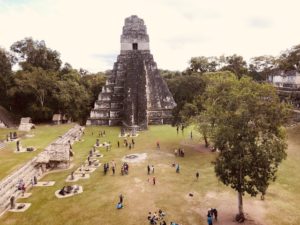
Tikal’s Temple I rises to a height of 154 feet (47 meters). Photo by Robert Waite.
For those planning their post-COVID travels, or who just like a good read, our roving contributing writer Robert Waite sets foot this time in the fabulous Mayan ruins of Tikal and Yaxha, which flourished two millennia ago in the jungles of what is now Guatemala.
It was the New York of its day, a massive complex complete with “skyscraper” temples, plazas, and palaces. When it seems safe to go, you may well want to add it to your future travel plans.
By Robert Waite
Tikal, Guatemala – Anyone who still buys into the myth that the Americas needed to be discovered by Columbus to be “civilized” has not wandered among the pyramids or across the expansive plazas of Tikal.
Beginning around 350 B.C. and stretching into the 5th century A.D., at a time… Continue reading











